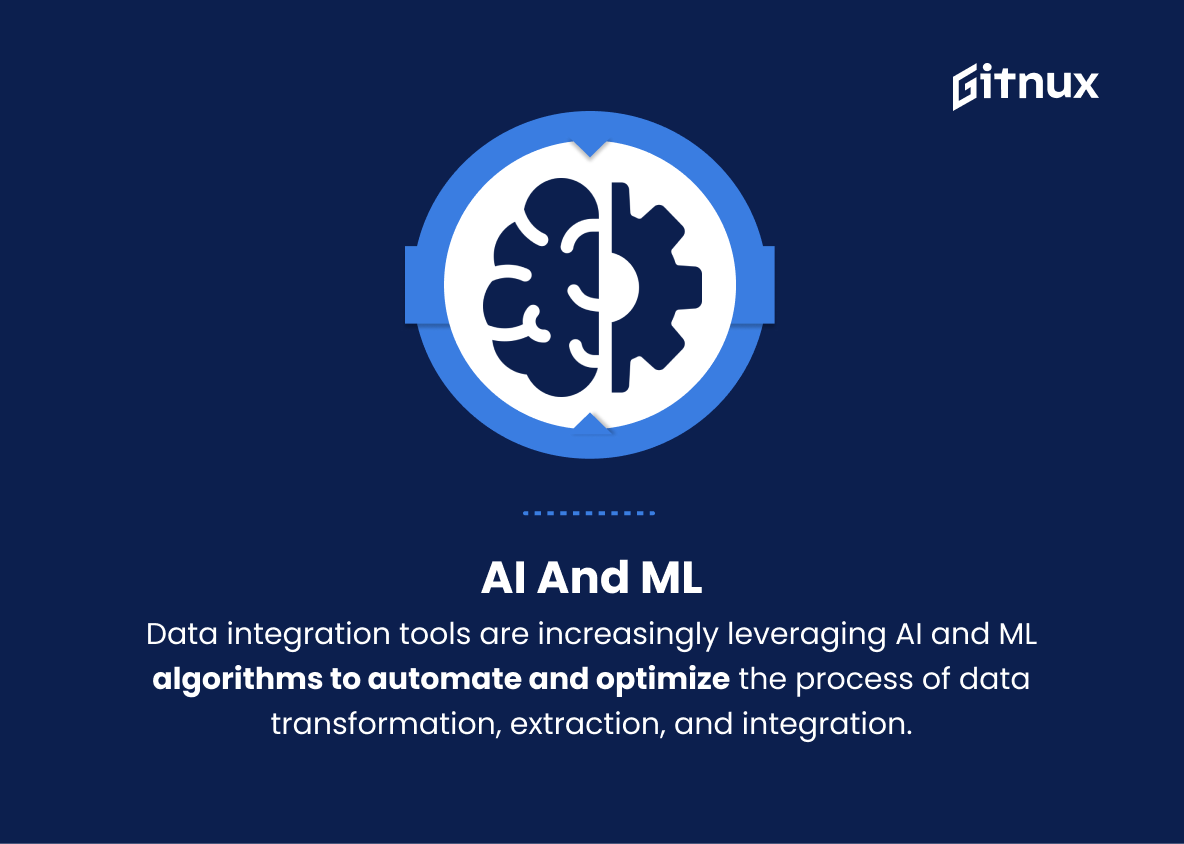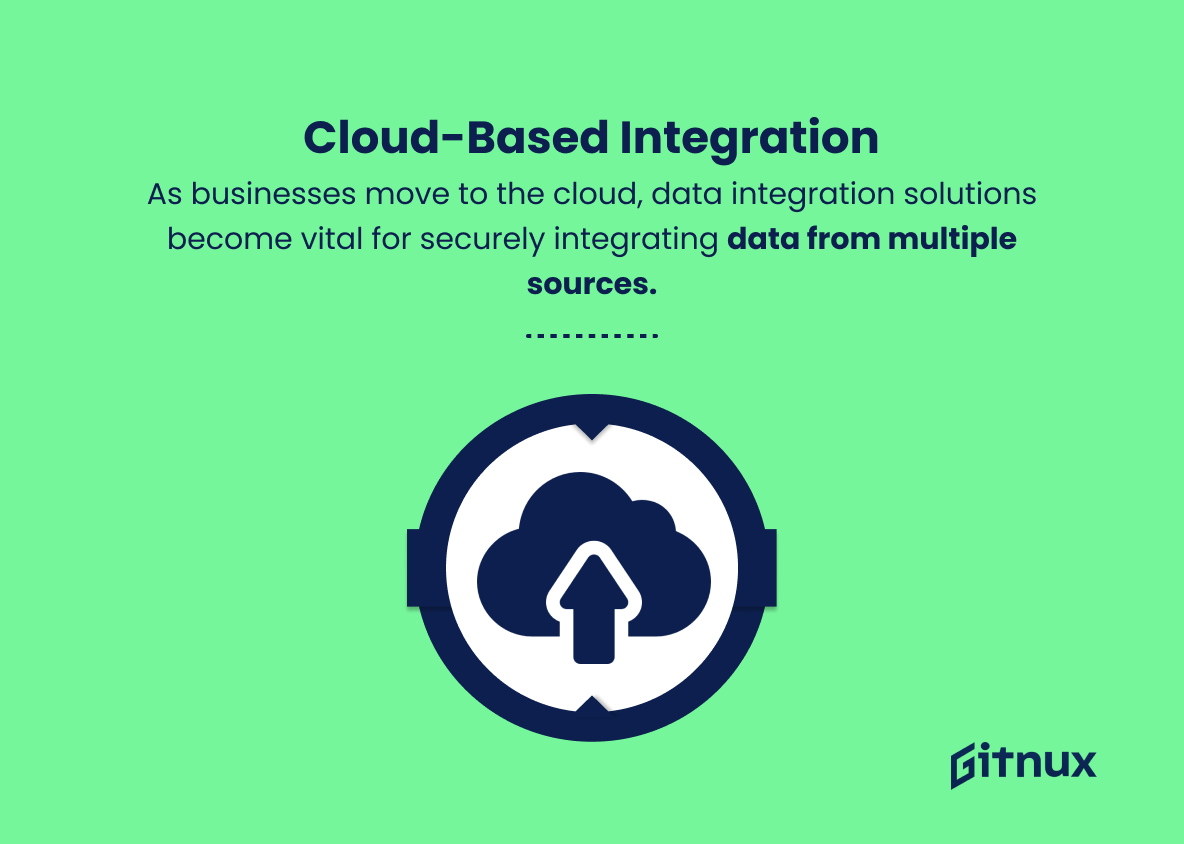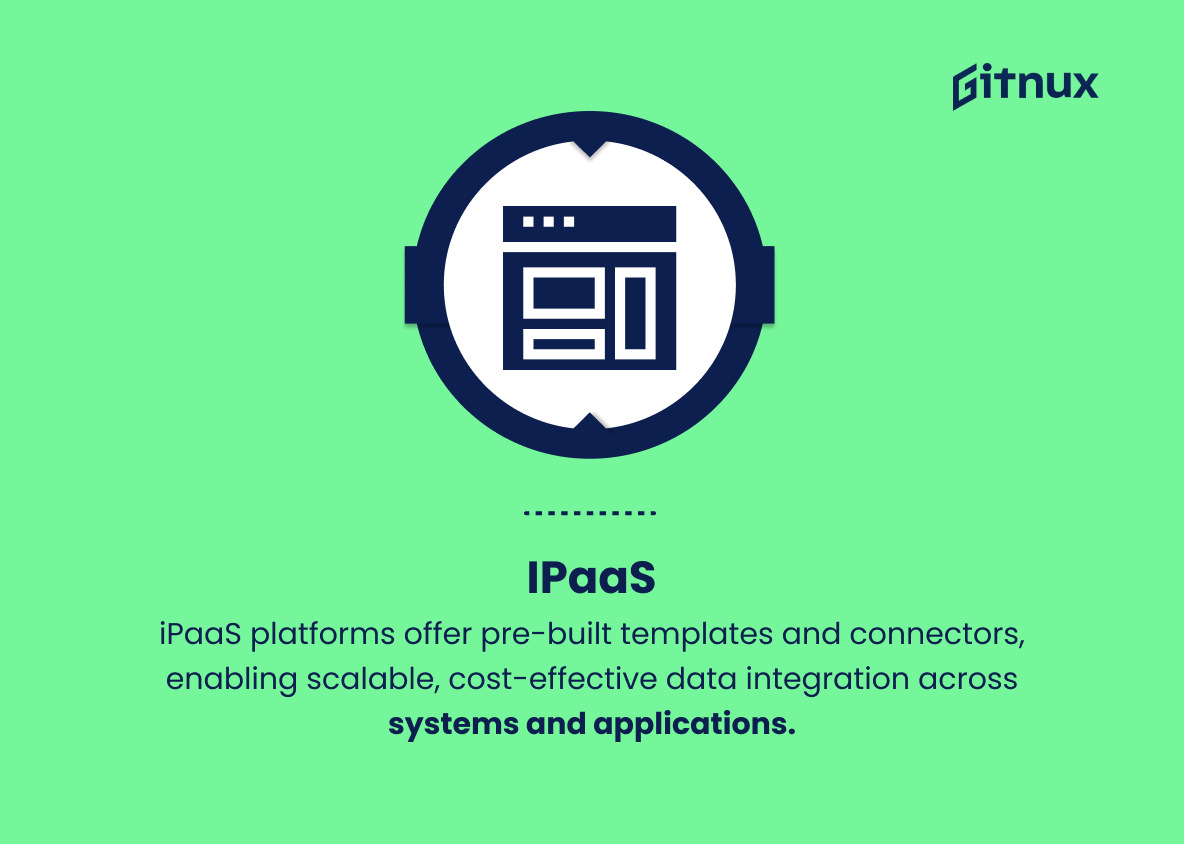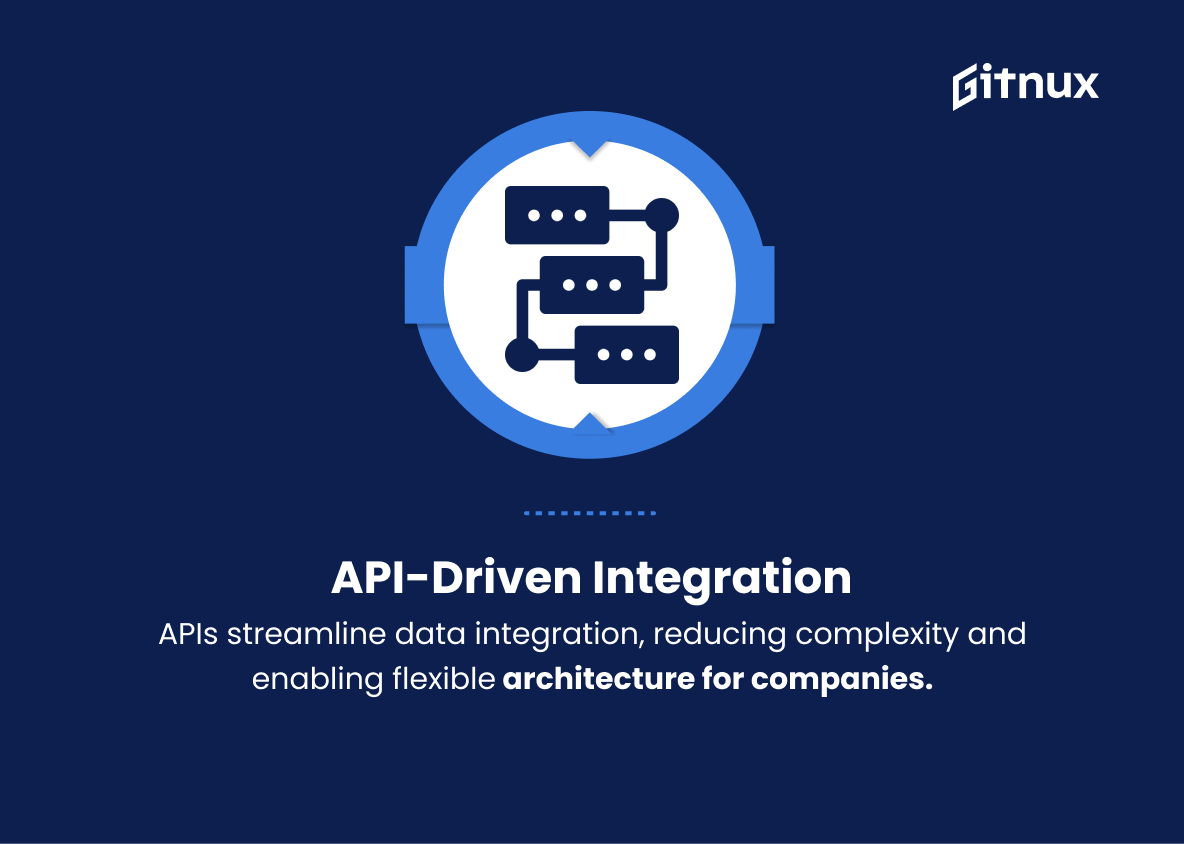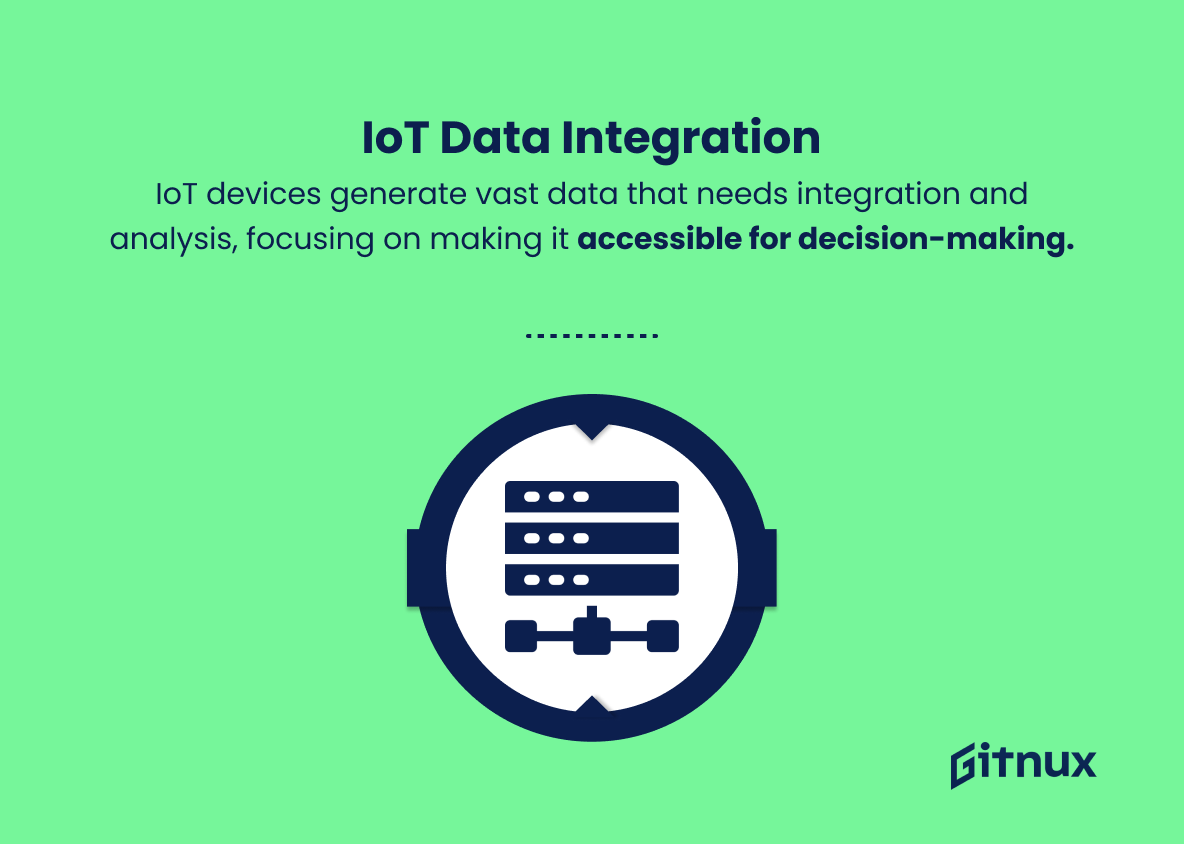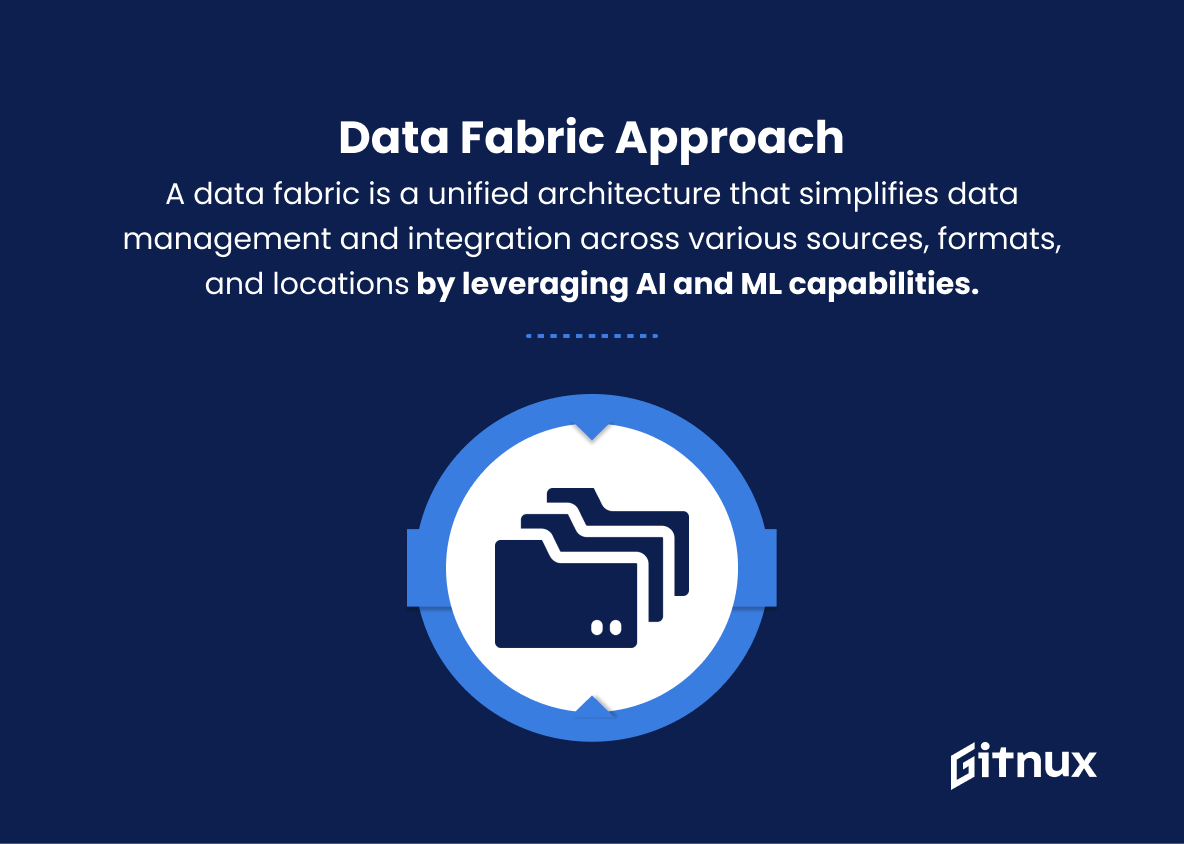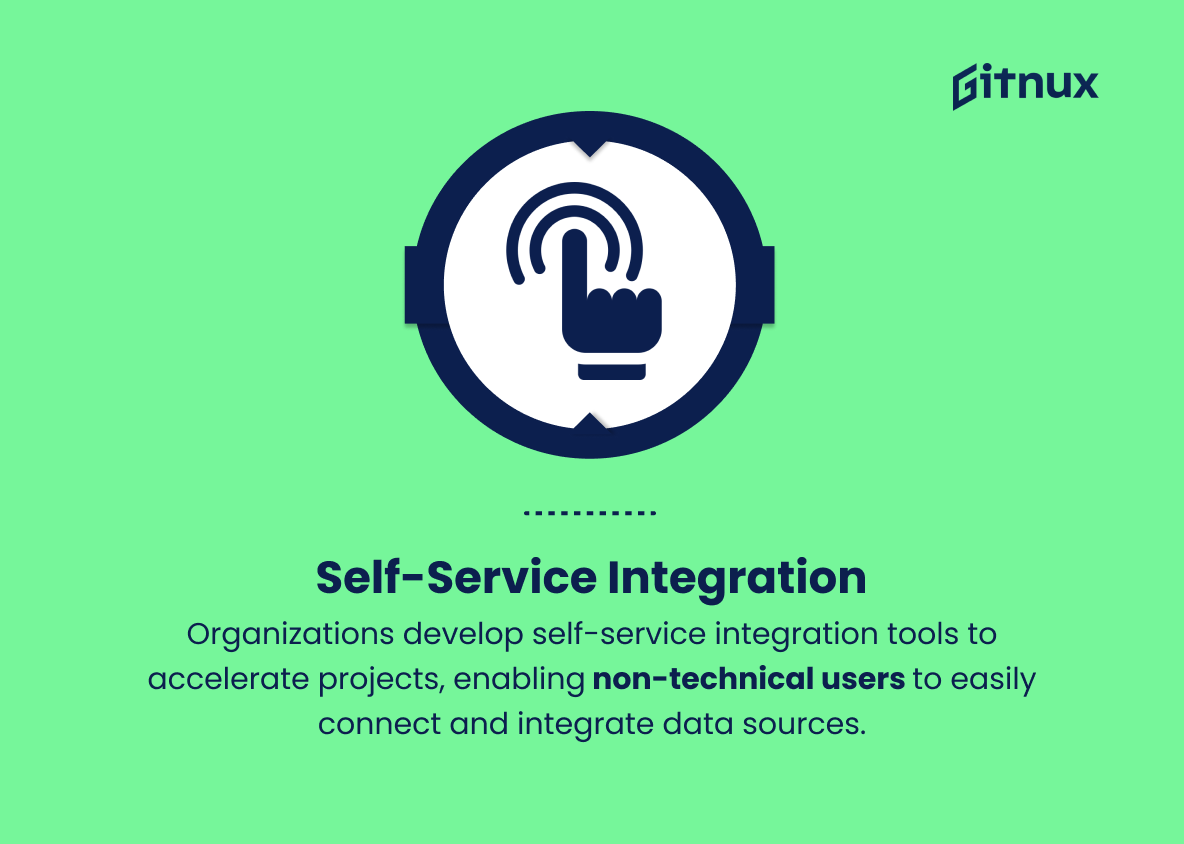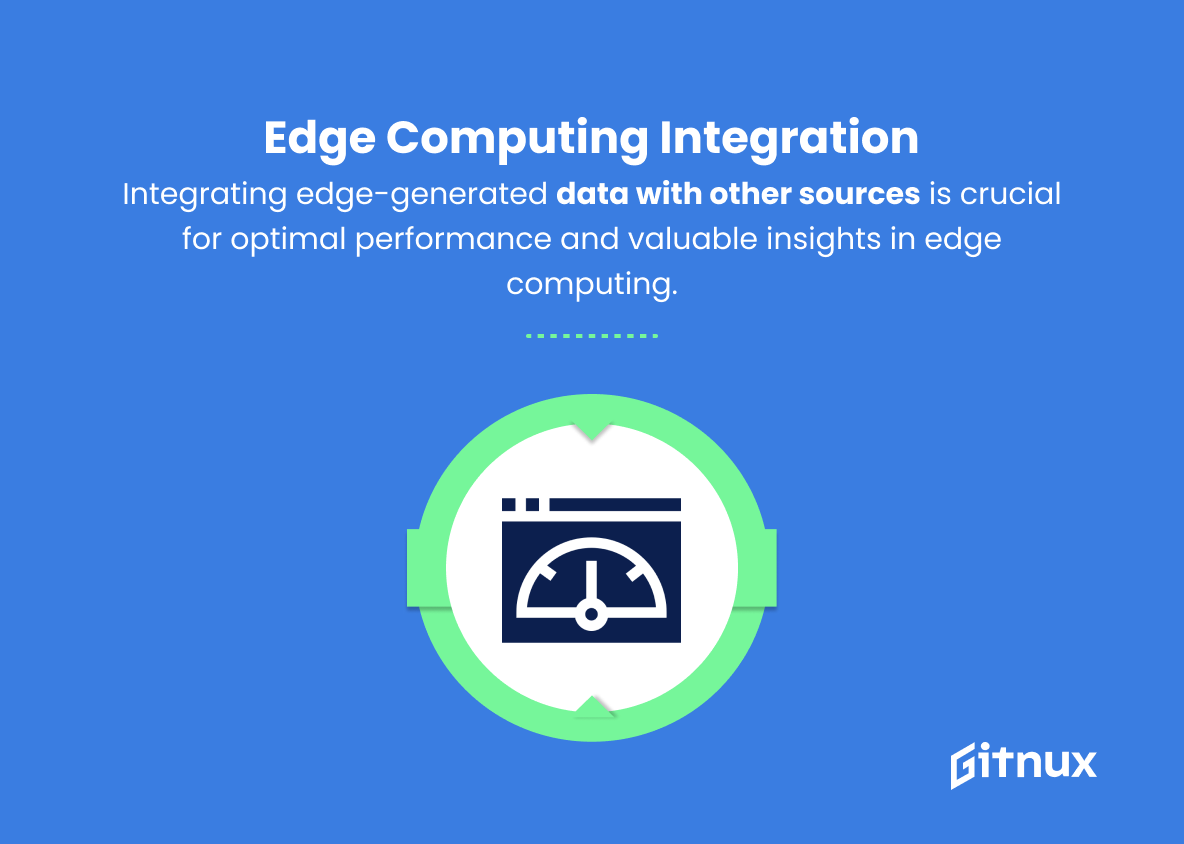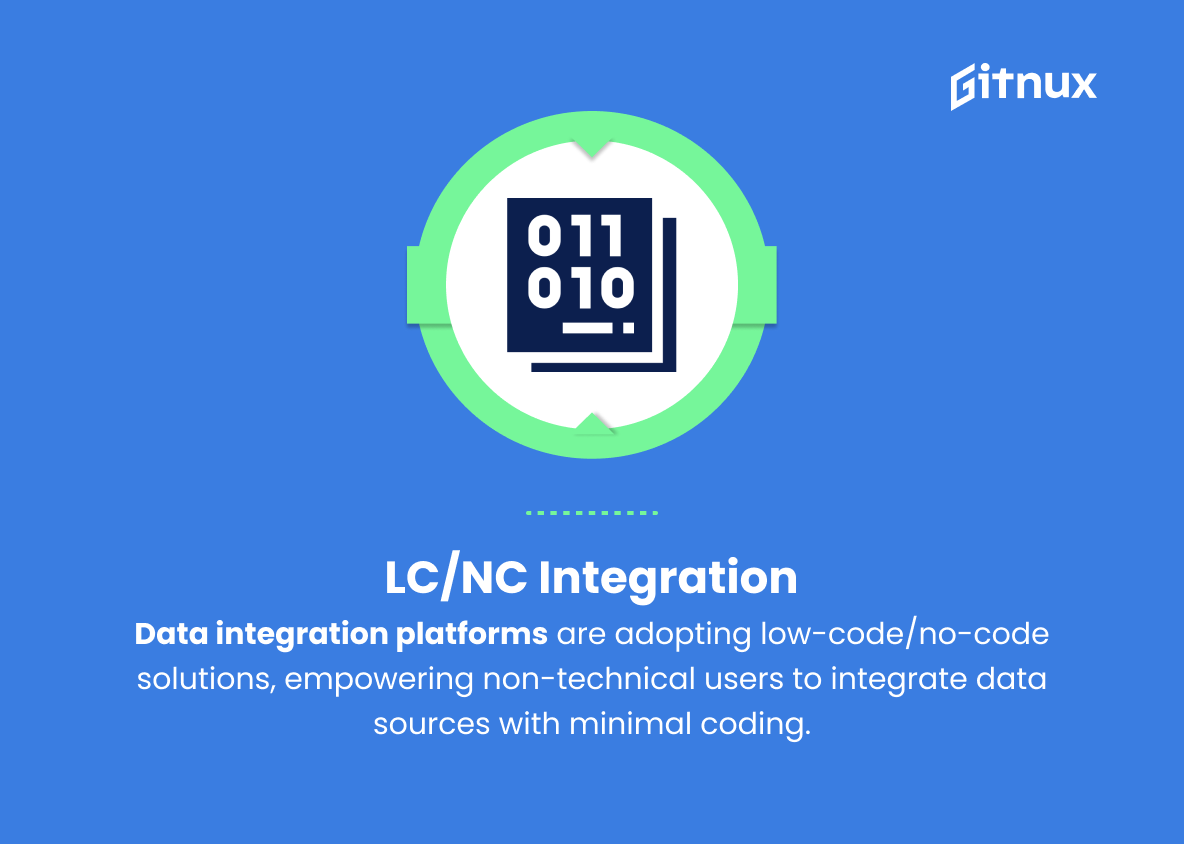Businesses rely on data for decision-making, customer experiences, and competitiveness. Efficient data integration from diverse sources is a top priority. Professionals must keep up with evolving data integration technologies and strategies.
This blog post explores significant data integration trends, challenges, and opportunities that shape the future of businesses worldwide, offering insights for success in this ever-changing domain.
Top Data Integration Trends
1. Artificial Intelligence and Machine Learning
Data integration tools are increasingly leveraging AI and ML algorithms to automate and optimize the process of data transformation, extraction, and integration.
2. Cloud-based Integration
As businesses migrate their data and applications to the cloud, cloud-based data integration solutions are becoming more important. These solutions allow companies to conveniently and securely integrate data from various sources within the cloud.
3. Hybrid Integration
Hybrid integration combines the best of on-premises and cloud-based systems to enable seamless data integration, making it easier to manage, process, and analyze data from multiple sources regardless of their locations.
4. Data Virtualization
This trend focuses on creating virtual versions of the data, allowing users to access and analyze data from various sources without physically transferring it.
5. iPaaS (Integration Platform as a Service)
iPaaS platforms offer pre-built integration templates and connectors, providing a scalable, cost-effective, and efficient way to integrate data across different systems and applications.
6. Real-time Data Integration
Businesses increasingly require real-time access to information and insights. Real-time data integration tools enable the continuous flow of data between systems, ensuring up-to-date information is accessible for decision-making.
7. API-driven Integration
Using APIs (Application Programming Interfaces), companies can streamline data integration processes, reduce the complexity of integration projects, and create a more flexible architecture.
8. IoT Data Integration
IoT devices generate massive amounts of data that needs to be integrated and analyzed. This trend focuses on integrating data from IoT devices, making it accessible for analysis and decision-making.
9. Data Lake Integration
Data lakes store large volumes of raw data, often from multiple sources. Integrating data lakes with other data sources ensures that organizations can efficiently analyze and derive insights from their data.
10. Data Fabric Approach
A data fabric is a unified architecture that simplifies data management and integration across various sources, formats, and locations by leveraging AI and ML capabilities.
11. Self-service Integration
To speed up data integration projects and democratize the process, organizations are developing self-service integration tools that enable non-technical users to connect and integrate various data sources easily.
12. Edge Computing Integration
As edge computing gains traction, the need to integrate data generated at the network edge with other data sources is essential to maintain optimal performance and extract valuable insights.
13. Metadata Management
As data sources become more diverse and complicated, metadata management is an essential aspect of robust data integration strategies. Proper metadata management ensures easier data discovery, understanding, and governance.
14. Data Streaming
With the increasing demand for real-time data processing, data streaming is becoming more popular. By integrating data while it is being generated, businesses can analyze and make data-driven decisions faster.
15. Low-code/no-code Integration
To further empower non-technical users, some data integration platforms are moving towards low-code or no-code solutions, making it easier for users to integrate data sources with minimal coding experience.
Implications
Advancements in data integration technologies leverage AI/ML, cloud/hybrid integration, and data fabric for better data management and analysis.
Data integration trends democratize processes for non-technical users, enable real-time insights, and impact how organizations collect, manage, and analyze data for better decisions, efficiency, and competitiveness.
Conclusion
In conclusion, Data integration trends evolve to address complexities of data-driven enterprises. Embracing AI, ML, hybrid cloud enables better data management, collaboration, and decision-making.
Staying informed and adapting to these trends will be crucial for businesses to remain competitive and innovative in the rapidly changing digital landscape. As data continues to become a vital asset for organizations across industries, it is essential to ensure that data integration practices are dynamic, secure, and effective in delivering optimal results for business growth and success.
